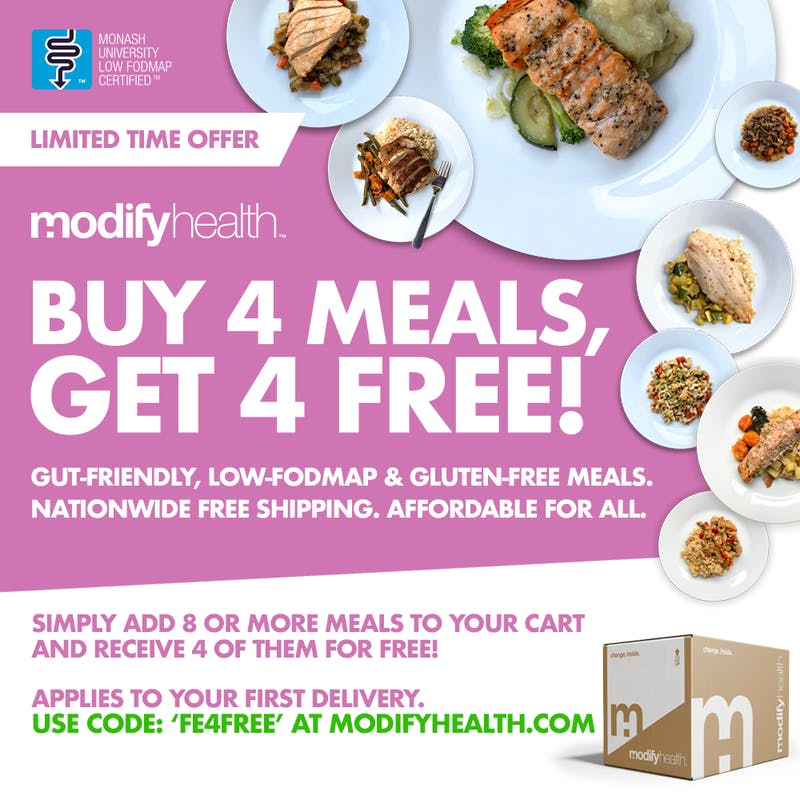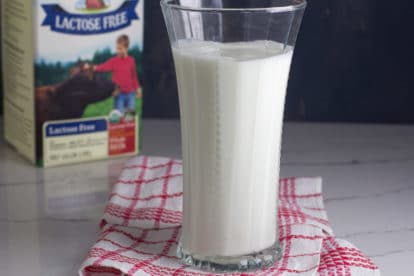You would have a whole different view on your cart if you were shopping in 1995. Sushi was still quite the novelty, and a barista would reply with “Oat milk? The grocery retail landscape has transformed rapidly, as noted in the Deloitte Insights report on the future of grocery retail.
This shift reflects changing health consciousness, global connectivity, and social media’s power to turn obscure ingredients into viral sensations. Let’s take a tasty trip through time to explore twelve foods that went from nonexistent to everywhere.
Avocado toast

Thirty years ago, avocados were a California-specific best-kept secret. Only a few Americans had ever seen one, and even fewer know how to eat it. Today, avocado toast is the unofficial breakfast of millennials and Gen Z, not to mention a billion-dollar industry; this year’s consumption reached 1.2 million metric tons according to the Global Avocado Industry Report.
Avocados were still a niche in the 1990s, which is a giant leap. The endearing mush originally great on toast has taken many fun avatars over the years, from everything bagel seasoning to poached eggs.
Plant-Based Meat Alternatives

The vegetarian burgers of the 1990s were those sorry, cardboard-like patties no one was buying. The plant-based meat of today from companies like Beyond Meat and Impossible Foods is sizzling, bleeding, and tasting shockingly similar to beef.
The plant-based meat market has grown significantly since its inception and is now estimated to be worth billions. But the move is seen as indicative of increased environmental consideration and health-consciousness among the public, who want to reduce their meat intake without having to compromise on flavour.
Sushi and Poke Bowls

Asking for sushi in most American towns 30 years ago would have gotten you blank stares or a suggestion to drive to the nearest major city. In those days, raw fish seemed dangerous and gourmet, at least not like anything associated with a mall.
Today, sushi places are on every corner, similar to pizza joints, and you can even buy pre-made rolls at the grocery store. Poke Bowls were a staple, healthy lunch choice for busy professionals, coming all the way from Hawaii. The reverse side of the spectrum, the U.S. poke bowl sales hit $1.4 billion in 2025, a 34% increase from 2020, per Global Growth Insights Poke Foods Market Report. Americans’ growing love for raw fish and new cuisines has evolved as they have embraced travel and adventurous eating.
Hummus

Just 30 years ago, hummus was an exotic item in American groceries. While chickpeas were familiar to specific immigrant communities, Middle Eastern cuisine was still primarily an ethnographic culinary subculture, and chickpea-based dips to mainstream consumers seemed exotic and formidable.
In every grocery store refrigerator case today, hummus has prime real estate with flavors that include classic, red pepper, and even chocolate dessert.
Sriracha and Exotic Hot Sauces

Back in the day, we had just a few options: Tabasco and a few local hot sauces. Sriracha, known today by its green cap and rooster logo, became a familiar sight only in the late 1990s.
Huy Fong Sriracha Hot Chili Sauce was one of the highest-selling condiments in the U.S. by 2025, earning over $200 million a year, according to Accio’s 2025 market analysis. The hot sauce craze is a sign of an increasing appetite for daring and diverse culinary experiences.
Kale and Vegetable Chips

Though perhaps one of food’s most excellent makeovers, it wasn’t always the superfood darling it is today. As recently as 15 years ago, kale was mostly found in livestock feed. Kale was once just a garnish on a salad bar; we didn’t eat the decorative green stuff back then.
Basically, kale-badge-marketing campaigns took it from total obscurity to superfood celebrity status, and everyone was all about smoothies and massaged-kale salads. The vegetable chips category followed a similar path as companies discovered how to transform everything from sweet potatoes to beets into a crispy kettle chip.
Quinoa

Thirty years ago, quinoa was so unknown that very few Americans could even pronounce it correctly. These two movements made quinoa a household word. They opened the door for this most ancient of grains to become a standard on supermarket shelves as well as restaurant plates.
Global consumption of quinoa has surpassed 250,000 metric tons, driven by burgeoning demand for nutrient-rich, gluten-free, and plant-based foods, according to a market study from Future Market Insights, which dates back to 1999. It also mirrors an American fascination with “ancient” and “exotic” foods that claim to offer health benefits.
Spiralized Vegetables

Yes, the spiralizer was invented decades ago, but it took all that time for zucchini to turn into a noodle. Shopping used to be very simple: you wanted noodles, you got pasta. Well before the low-carb and gluten-free movements created a new market for pasta alternatives, innovative cooks found that spiralized vegetables could fulfill their noodle appetite.
The advent of social media particularly exploded the trend, with numerous “zoodle” recipe posts and all manner of vibrantly colored veggie noodles popping up on everyone’s feeds.
Oat Milk and Dairy Alternatives

Soy milk was our only dairy alternative back then, and it was mainly found in health food stores. How weird! Oat milk was not commercially available, and the idea of making anything resembling milk from oats prompted snickering among many.
Oat milk reached $3.56 billion in U.S. sales, marking a dramatic rise and solidifying its position as the most popular dairy alternative, according to For Insights Consultancy, further establishing it as America’s favorite plant-based option. Today, at coffee shops, you’ll likely find a lineup of milk alternatives, and among them, oat has emerged as a standout with its creamy texture and appealing environmental profile.
Acai Bowls

No person in the United States could have identified an acai berry growing wild, without any commercial purposes, thirty years ago, when it first appeared on television and became available to most of the American population.
The superfood movement and an increasing influence of Brazilian culture helped sweet acai smack the cups and bowls of health enthusiasts as the antioxidant beast. Acai bowls, with their beautiful purple appearance and granola-fruit-coconut topping, did an Insta-season rallying cry. The smoothie bowl trend paved the way for acai to penetrate mainstream American food culture.
Matcha Tea and Lattes

Thirty years ago, outside of Japan, only serious tea enthusiasts who visited high-end stores knew about matcha, as it was not yet available in major cities worldwide.
The global matcha market is projected to grow from an estimated $3.37 billion in 2025 to $6.72 billion by 2035, with a consistent average yearly increase of 7.1% over the same timeframe, according to Future Market Insights. Nowadays, matcha lattes can be found in any local coffee shop, and the matcha flavor is popping up on everything from ice cream to cookies.
Seedless Watermelon and Specialty Fruit

The industry realized that seedless watermelon had existed thirty years earlier. Still, the knowledge was kept hidden mainly because no one thought it could ever become popular.
Grocery stores were still filled with traditional seeded watermelons, and spitting out the seeds was simply a part of indulging in some watermelon. Most seedless watermelons have commanded higher prices in the marketplace due to consumer demand for ease over tradition.
Key Takeaways

Someone living in 1995 would find the food that characterizes our diets today to be virtually unrecognizable. As a result of global connectivity, health awareness, the power of social media, and agricultural advancement, significant changes have taken place.
Buying a matcha oat milk latte and avocado toast is standard now. Still, thirty years ago, that would have been impossible to find. This underscores how rapidly food culture can change, regional dialects evolve, and an entire population becomes inclined to find favor with a fresh partners in purchase if you put it in a new product package.
Disclaimer – This list is solely the author’s opinion based on research and publicly available information. It is not intended to be professional advice.
16 Grocery Staples to Stock Up On Before Prices Spike Again

16 Grocery Staples to Stock Up On Before Prices Spike Again
I was in the grocery store the other day, and it hit me—I’m buying the exact same things I always do, but my bill just keeps getting higher. Like, I swear I just blinked, and suddenly eggs are a luxury item. What’s going on?
Inflation, supply-chain delays, and erratic weather conditions have modestly (or, let’s face it, dramatically) pushed the prices of staples ever higher. The USDA reports that food prices climbed an additional 2.9% year over year in May 2025—and that’s after the inflation storm of 2022–2023.
So, if you’ve got room in a pantry, freezer, or even a couple of extra shelves, now might be a good moment to stock up on these staple groceries—before the prices rise later.
6 Gas Station Chains With Food So Good It’s Worth Driving Out Of Your Way For

6 Gas Station Chains With Food So Good It’s Worth Driving Out Of Your Way For
We scoured the Internet to see what people had to say about gas station food. If you think the only things available are wrinkled hot dogs of indeterminate age and day-glow slushies, we’ve got great, tasty news for you. Whether it ends up being part of a regular routine or your only resource on a long car trip, we have the food info you need.
Let’s look at 6 gas stations that folks can’t get enough of and see what they have for you to eat.




